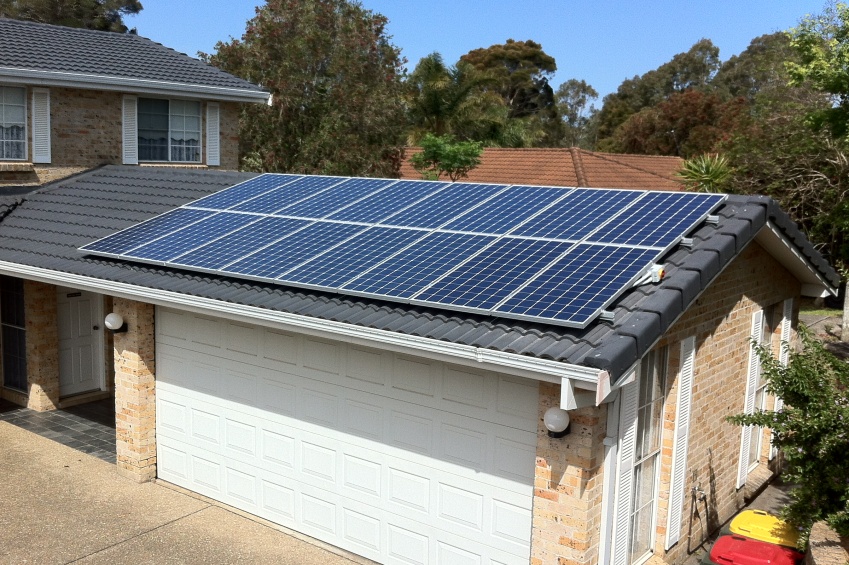If you are considering setting up a PV system for your home, you’ll need to consider some factors. The cost of PV panels varies greatly, ranging from $2.40 to $5 per watt. You should also take into consideration the quality of your installation and the components you purchase. In order to ensure your PV system will provide sufficient power, consider the following tips. First, choose the right mounting location. A proper installation will ensure that the panels receive maximum sunlight over the course of a year.
Next, select a qualified installer. Make sure you choose an installer who is licensed and certified by the Energy Practitioners. You can check online reviews for reputable installers. Be sure to ask for proof of license and insurance. When hiring solar installers, get at least three bids and compare their pricing. Look for bids based on the same metrics and characteristics. It is also important to check with local building departments before choosing your installer.
Solar panels are relatively simple. Solar arrays are typically placed in a sunny location and should face south if you are in the Northern hemisphere or North if you are in the Southern hehisphere,for optimal energy production.
You can also use them in other directions such as the east and west. As long as they receive a steady amount of sunlight, they can produce a decent amount of electricity. You can use the excess electricity from your solar array to run appliances and lights. You should also consider buying an inverter with a higher wattage and a lower price.
Solar panels can cost as little as $50. Then, you can install them on the roof of your home. The number of panels you choose will depend on your energy needs and location. You will need at least 50 square feet for a starter system, while a five-kW system may need as much as 1,000 square feet. Lastly, solar panels must receive adequate sunlight all year round. You can either choose to install the system on the roof or in the yard.
If you choose to build a solar PV system on the roof of your home, you should consider choosing one that is grid-tied. In this case, the solar array will be directly connected to the public electricity grid, and surplus energy will be sent back to the grid, which is usually credited on your electric bill. In some cases, you can also opt for a battery backup so you can store extra energy.
A typical solar panel outfit for a home will cost you about $16,000, but this can go as high as $35,000, if you want to get the maximum savings. You will also need financing and permits. The savings from solar power will vary depending on how much energy you use every month. Using the calculator online, you can get an estimate of the savings you’ll receive. If you can find a solar panel outfit with the right features, you’ll be well on your way to a green future.
Before you get started, you should know the size of your home’s solar potential. This is because PV technologies use scattered light to produce electricity. However, some locations don’t receive enough sunlight to make them functional. If you live in an area with poor sunshine, be sure to research local regulations. The best solar installers will also have knowledge of interconnections and building permits. There’s a lot to know about solar power!
First of all, solar power is a great investment. While it may cost more than utility electricity in the short run, it is well worth the money. The cost of solar electricity is typically only marginally more expensive than that of utility electricity. Many homeowners also want to go green and install solar power as a way to avoid future fluctuations in energy costs. So, if you’re wondering what all the fuss is about, read on to learn more.
You can use a solar array on your roof. These solar panels can be connected to your electric company’s power grid and sell back their energy. Many utilities are using solar arrays on the roofs of commercial customers, or even on telephone poles. You can also set up solar trees to mimic the look of a tree, and they even function as street lights at night! And that’s just a small part of the picture!
Since the output generated by the PV system varies significantly depending on the time and geographical location it becomes of utmost importance to have an appropriate selection of the site for the standalone PV installation. Thus, the following points must be considered for the assessment and selection of locations for installation.
- Minimum Shade: It must be made sure that the selected site either at rooftop or ground should not have shades or should not have any structure that intercepts the solar radiation falling on the panels to be installed. Also, make sure that there won’t be any structural construction soon surrounding the installation that might cause the problem of shading.
- Surface Area: The surface area of the site at which the PV installation is intended should be known, to have an estimation of the size and number of panels required to generate the required power output for the load. This also helps to plan the installation of inverter, converts, and battery banks.
- Rooftop: In the case of the rooftop installation the type of roof and its structure must be known. In the case of tilt roofs, the angle of tilt must be known and necessary mounting must be used to make the panels have more incidents of solar radiation i.e. ideally the radiation angle must be perpendicular to the PV panel and practically as close as to 90 degrees.
- Routes: Possible routes for the cables from an inverter, battery bank, charge controller, and PV array must be planned in a way that would have minimum utilization of cables and lower voltage drop in cables. The designer should choose between the efficiency and the cost of the system.

